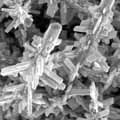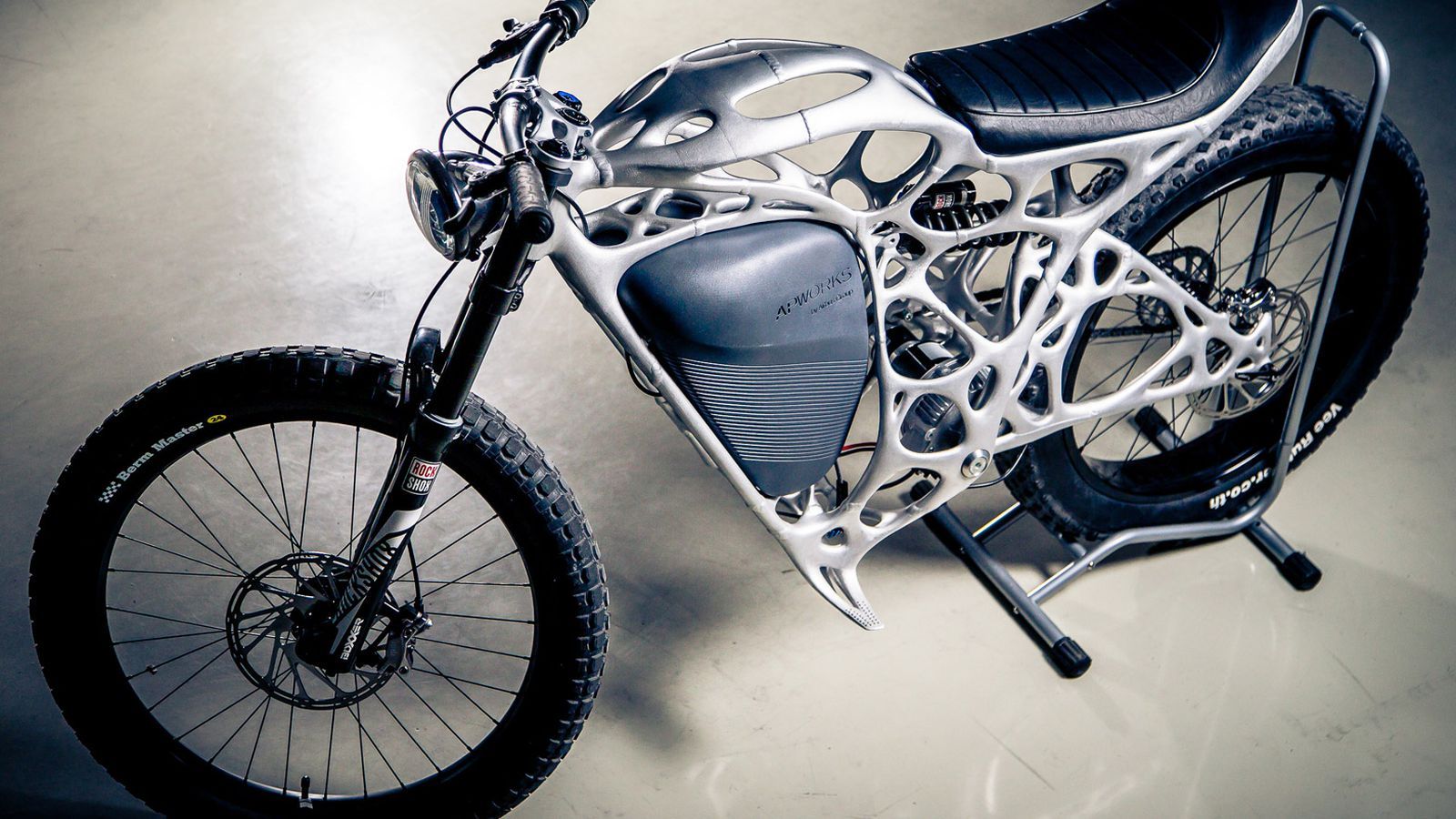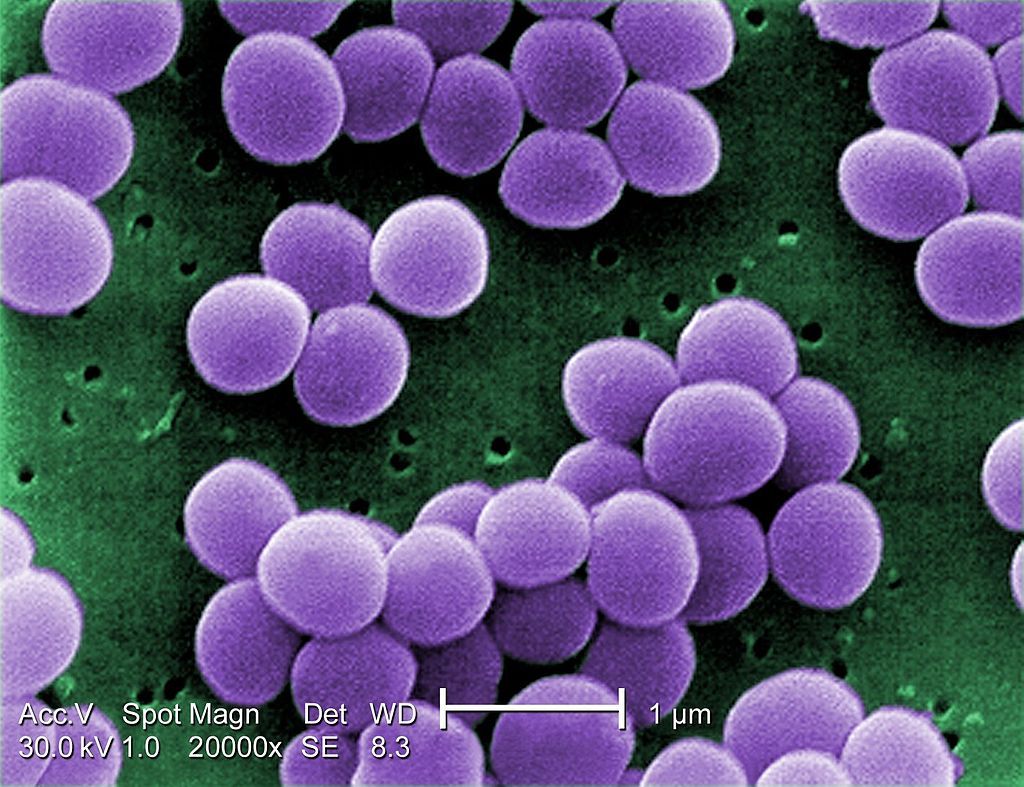Jun 9, 2016
Tungsten trioxide nanostructures for solar energy conversion
Posted by Karen Hurst in categories: nanotechnology, solar power, sustainability
Low-cost, low-dimensional nanoarchitectures provide optimal structures for charge collection in large-scale solar energy harvesting and conversion applications.

Photoelectrochemical water splitting, where irradiation of a photoelectrode in water produces hydrogen and oxygen, can be used for solar energy harvesting and conversion.1 The process potentially offers a clean, sustainable, and large-scale energy resource. Photoanodes used in the photoelectrochemical process are generally made from Earth-abundant oxide semiconductors, such as titanium dioxide, tungsten trioxide, and iron (III) oxide.2 Among these metal oxide semiconductors, tungsten trioxide is regarded as one of the best candidates because of its visible light-driven photocatalytic activity, its good charge transport properties, and its relative stability in aqueous electrolytes. However, the light absorption and charge collection efficiency of tungsten trioxide—especially within a bulk structure—still needs to be improved to realize practical photoelectrochemical applications.
Continue reading “Tungsten trioxide nanostructures for solar energy conversion” »


















